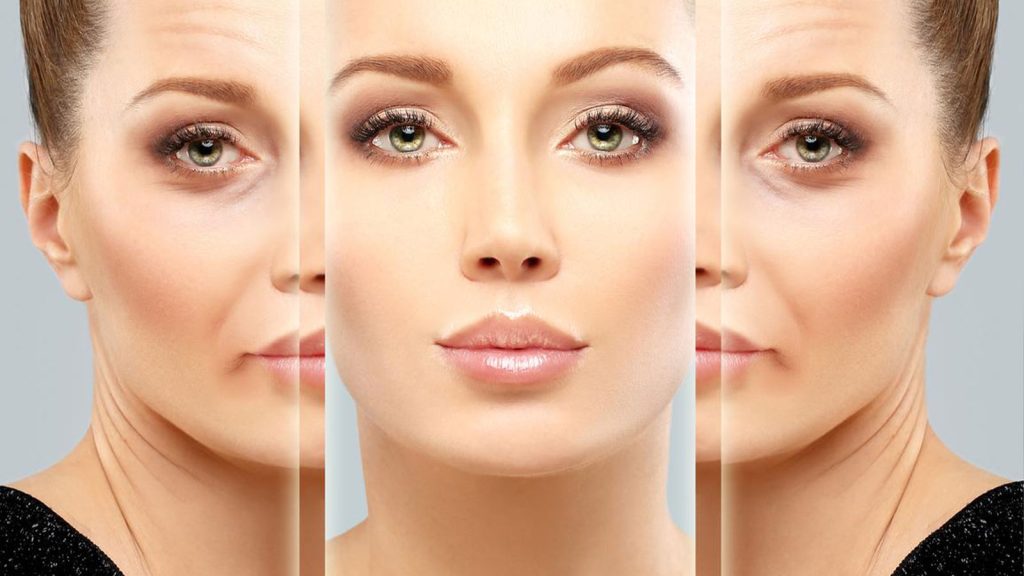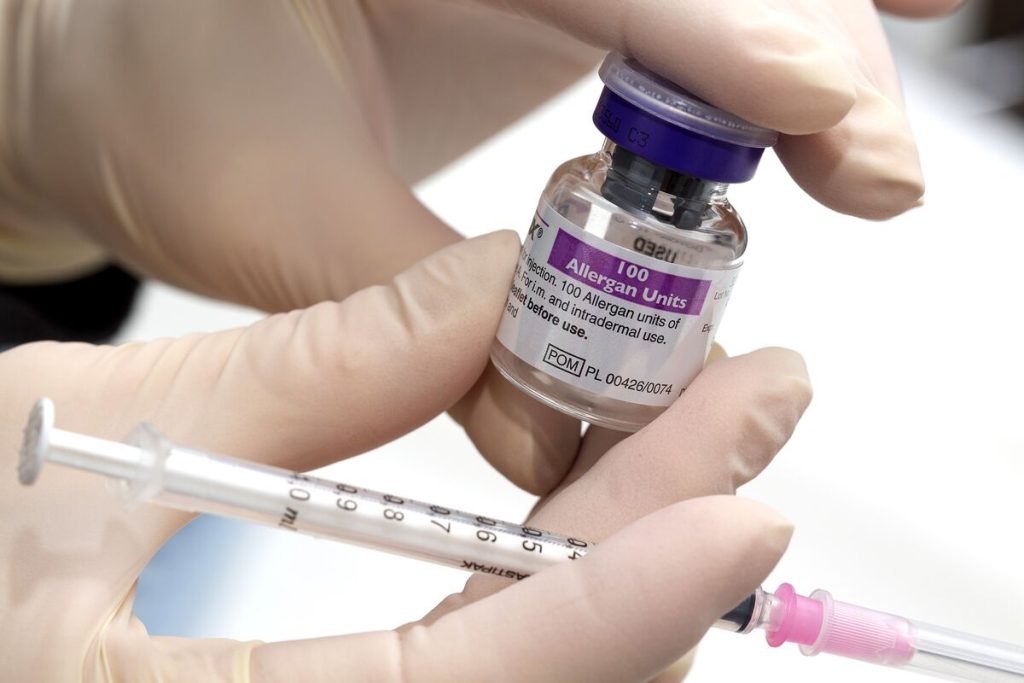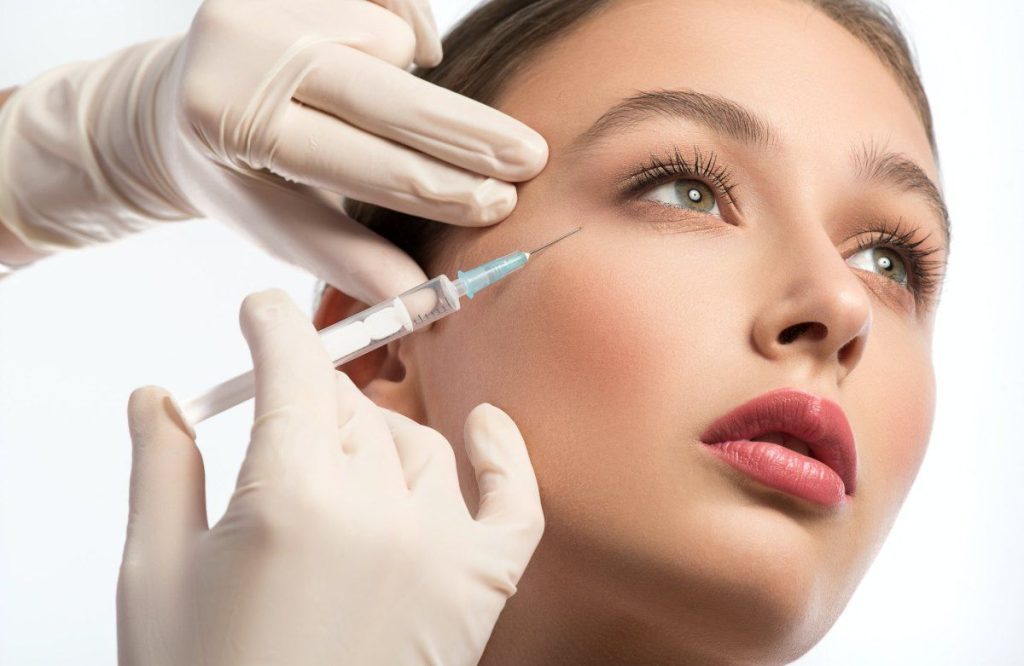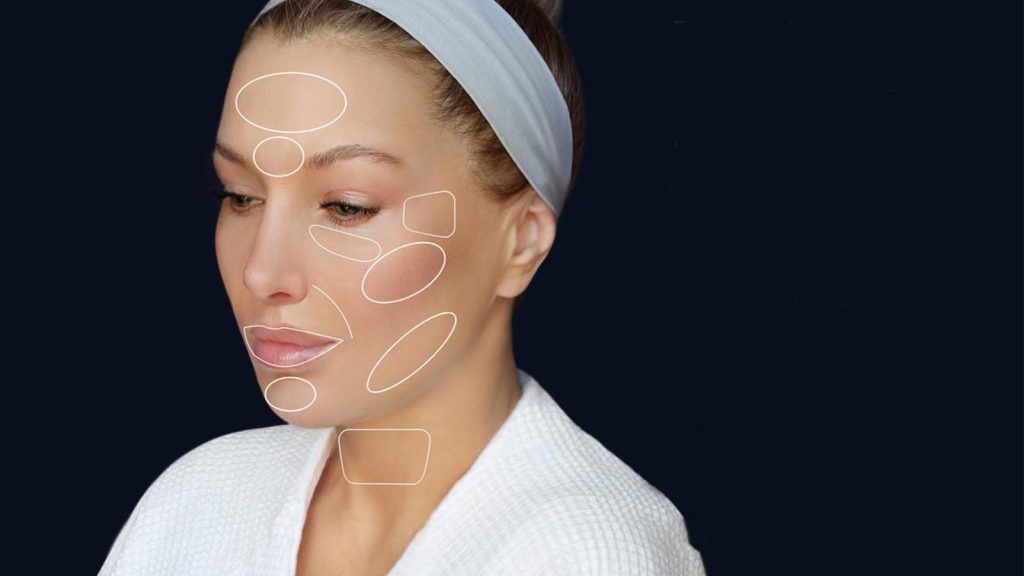What should we know about Botox?
Botox is one of the most popular methods for rejuvenation and treating both skin and muscular issues. This therapeutic approach has been recommended by specialists for years. Over time, the safety, effectiveness, and lack of serious side effects of this treatment have been well established.
Botox injection is the most common cosmetic procedure performed worldwide. According to statistics, around 7 million injections are carried out annually for various purposes, with wrinkle reduction being the primary use.
What makes Botox a successful and powerful cosmetic and therapeutic method is its effective results, low cost, and rapid effect, minimizing the need for surgery. For valuable and important information about Botox, follow this article with Dr. Benyamin Rahmati.
What is Botox?
The active ingredient in Botox is botulinum toxin A. This toxin is a neuro-modulator that adjusts the interaction between nerve cells and muscles by blocking neurotransmitters. Although the term “botulinum toxin” may sound scary, you should know that in the low doses used for cosmetic and therapeutic purposes, it is completely safe.
In medicine, three types of botulinum toxin are commonly used: Botox, Dysport, and Xeomin. Generally, all three are referred to as Botox. It is typically available as a powder in 100 to 200-unit vials, which must be mixed with a specific liquid for injection. To purchase Botox, you need to go to specialized pharmacies.

Types of botox
Currently, two types are available and used by doctors: Dysport and Masport (also called Massport). The results of both injections are similar; however, due to differences in composition, each one performs better in different areas of the face.
For example, Dysport Botox is more suitable for lip injections because it contains less protein, providing better symmetry and uniformity. Another important point is that Dysport contains lactose, which may cause allergic reactions in some people. The effects of Dysport appear faster than Masport; however, the choice of Botox type depends on your health condition and the specialist’s decision.

What is Botox used for?
Correcting nasal droop
With aging, different parts of the body, including the nose, lose their aesthetic appearance and become droopy. In such cases, some may consider rhinoplasty, but surgery can be expensive. Botox injections to correct a drooping nose offer a minimally invasive solution that is more affordable and delivers quicker results. When performed correctly, nasal Botox relaxes the muscles that pull the nose downward, lifting this part of the face. This leads to a fresher and more youthful look.
Treating scalp oiliness and sweating
Another bothersome area for excessive sweating is the scalp. Too much sweat and oil production can require daily hair washing and ruin hairstyles, including blowouts. Excess moisture also shortens the effects of keratin or protein treatments and leads to frizz. Botox injections along the hairline and scalp can significantly reduce sweating and oil secretion in this area.
Jaw and chin contouring
Aging causes the muscles of the chin and jaw to enlarge, leading to a loss of the face’s original contour. Using this neuromodulator (Botox), facial contouring can make the jaw and chin appear slimmer and more symmetrical.
Lip augmentation and shaping
This therapeutic and cosmetic method is also used for filling and shaping the lips. Lip Botox can be done alongside eliminating smile lines and frown lines. This results in a younger and more refreshed appearance.
Chronic migraine treatment
Botox is also used to treat migraines. The injections are administered in areas such as the forehead, temples, back of the head, neck, and between the shoulders to help reduce pain.
Treatment of neck and décolleté wrinkles
As we age, the skin on the neck loses its elasticity, leading to wrinkles. These lines may extend to the décolleté area over time. Injecting a few units of Botox can address this issue—especially useful before an important event where you want to wear a special outfit.
Treatment of muscle spasms
Botox works by blocking neurotransmitters, which makes it an effective treatment for severe muscle spasms. Injecting it into the affected muscle helps relieve the issue.
Correction of gummy smile
A gummy smile is when a person’s gums are overly visible while smiling. In those without jaw issues, this is usually due to a thin upper lip. In this case, makeup, highlighting, and contouring won’t help.
The best solution is to inject a few units of Botox into the right point along the upper lip. This reduces the activity of the lip muscles during smiling, covering the gums more effectively.
Removing double chin
Double chin is a common issue caused by aging or weight gain. While diet, exercise, and hydration can help, they require time. Botox injections tighten the skin and pull the underlying muscles, effectively reducing the appearance of a double chin.
face lift
Facial Botox helps lift and rejuvenate the face. It’s a suitable and affordable alternative to invasive surgeries, able to eliminate mild eyelid sagging and lift the cheeks.
Forehead wrinkle treatment
Forehead lines can give you a frowning or tired appearance, making you unhappy with your look. Botox in the forehead and eyebrow area eliminates these unwanted lines.
Overactive bladder treatment
To treat overactive bladder, Botox is directly injected into the bladder muscles to regulate their activity. This procedure should be done by a urologist.
Excessive sweating treatment
Excessive sweating can occur in the armpits, scalp, forehead, palms, and even the scrotum. It may lead to fungal infections. Botox blocks nerve signals to sweat glands, significantly reducing sweat. For example, underarm Botox can reduce sweating by up to 80%.
How much does Botox cost?
This cosmetic and therapeutic procedure is less expensive than many other techniques. However, the final cost depends on the issue being treated, the amount of Botox needed, and the physician’s fees.
Are there serious side effects from Botox?
As mentioned, Botox is considered a safe cosmetic and therapeutic method with no serious side effects. Some mild and temporary side effects may appear 2–6 days after injection, including:
- Pain during injection
- Bruising
- Mild bleeding
- Mild headache
- hoarseness

How to prepare for injection?
Pre-injection preparations
Before receiving Botox, inform your specialist about all medications and supplements you’re taking. Some medications can increase side effects or alter the treatment results. Also, avoid alcohol for a few days before injection, as it thins the blood.
How is Botox injected?
The targeted skin area is first disinfected. Botox is injected using an extremely fine needle, so the pain is minimal. If you’re sensitive to pain, applying a topical numbing cream 20 minutes beforehand is recommended. The doctor will ask you to relax the targeted muscles, then begin the injections. Depending on the amount required, the procedure typically takes 10–15 minutes. Keep in mind that results aren’t immediate—effects start appearing within two to three weeks.
Post-injection care
Following these tips after your Botox injection helps improve results:
- Do not massage the injected area or surrounding skin.
- Use a cold compress to reduce pain and bruising.
- Take acetaminophen or ibuprofen if you feel discomfort.
- See a doctor if the pain becomes intolerable.
- Avoid intense physical activity, tanning, or saunas for at least two days.
Botox duration and re-injection
The longevity depends on the type of product used, your body’s ability to absorb and break it down, and the amount injected. Generally, Botox results last between 3 to 8 months. To avoid side effects, it’s best to wait at least 3 months between sessions. Among available brands, “Masport” Botox has longer-lasting effects, although it is more expensive.
Unfortunately, in rare cases—such as negative muscle reactions, use of low-quality products, or improper injection—Botox may cause complications, including:
- Headache
- eyebrow drooping
- dry eyes
- muscle weakness
- Sudden high blood pressure
- Asymmetrical lips or facial features
- Increased wrinkles due to incorrect injection area
- Diffusion of Botox leading to breathing issues
- Corneal irritation and double vision
- Nerve damage
- Hives or allergic reactions
- infection
Who should not get Botox?
According to the FDA, Botox is generally safe and has no serious side effects, making it suitable for individuals over 18. Repeated injections are not harmful, but the amount should be determined by a specialist. Overuse may lead to permanent facial expression changes and a dull appearance. Despite its safety, Botox is not recommended for people with certain medical conditions, including:

- pregnant women
- Breastfeeding mothers
- People allergic to botulinum toxin
- Those with neurological or muscular disorders
- Individuals prone to keloid scarring
- Patients with body dysmorphic disorder
- People with amyotrophic lateral sclerosis (ALS)
- Individuals with Graves’ disease (hyperthyroidism)
- Anyone with active skin infections

What is the difference between fillers and Botox?
Fillers are gel-like substances injected under the skin, while Botox is injected into the muscle. The main ingredient in most fillers is hyaluronic acid, which can absorb up to 1000 times its weight in water—making it excellent for adding volume. When injected, fillers hydrate the area and restore a youthful, fresh look. However, fillers cannot treat neurological, muscular conditions, or migraines like Botox can.

While Botox is a cost-effective and FDA-approved method for reducing facial wrinkles and rejuvenating the skin, your safety should come first. Receiving Botox from unlicensed clinics or inexperienced operators can lead to serious risks such as infections or nerve damage.
To avoid such complications, it is recommended to visit a qualified specialist for this neuromodulator injection. If you are considering Botox for your face, an ENT specialist is ideal due to their deep understanding of facial anatomy.
Dr. Benyamin Rahmati, an experienced ENT surgeon, skillfully performs this cosmetic and therapeutic treatment. To book a consultation, you can call his clinic.



